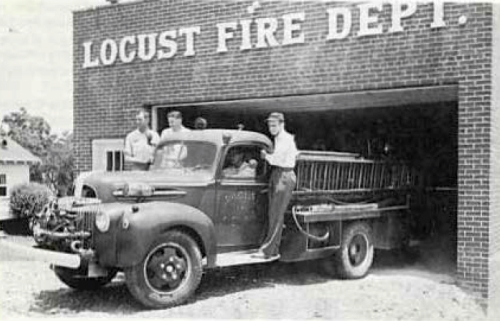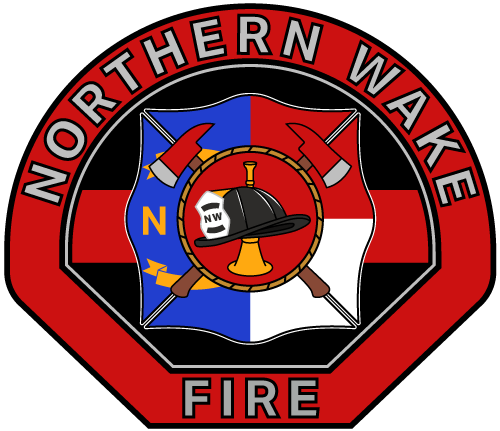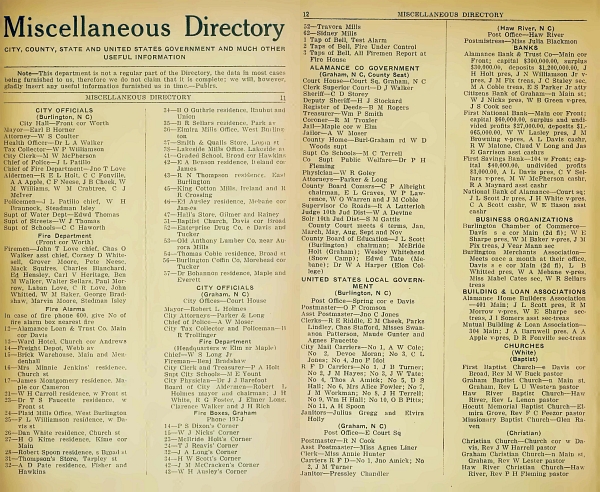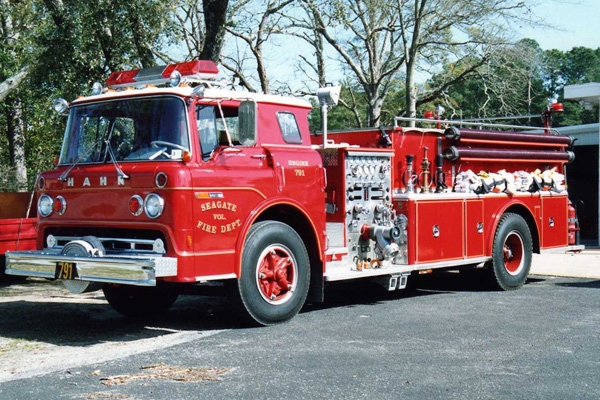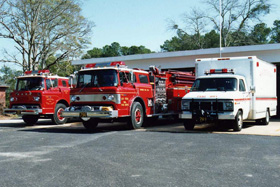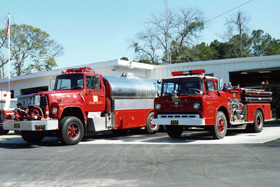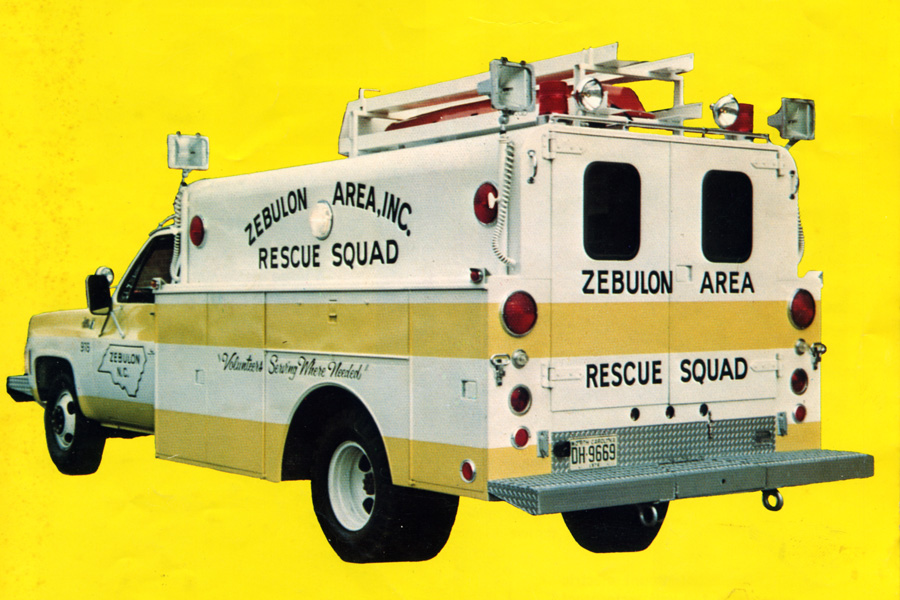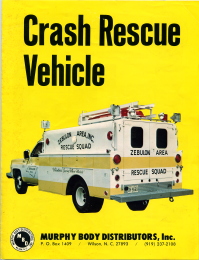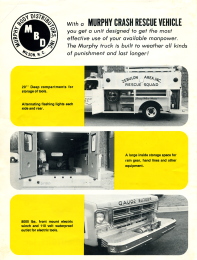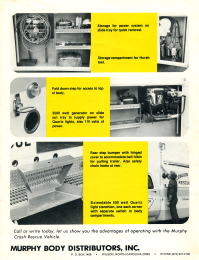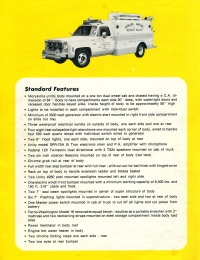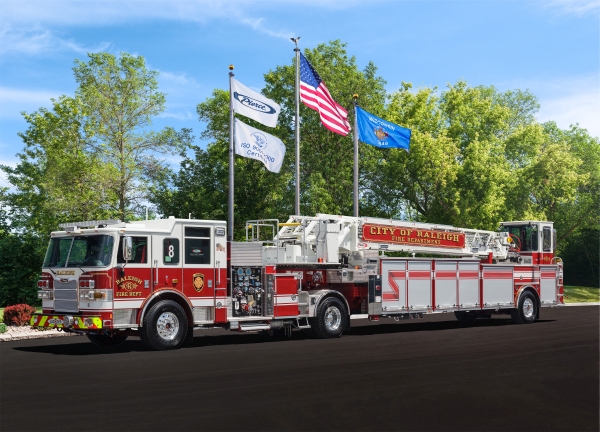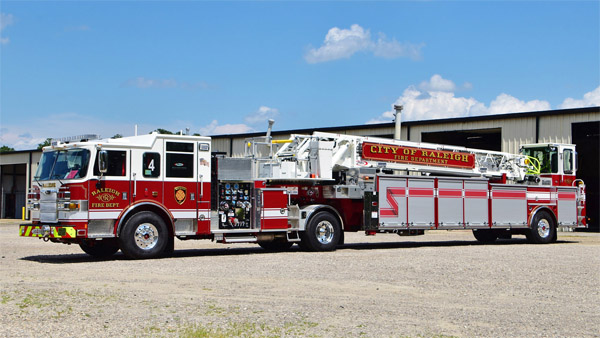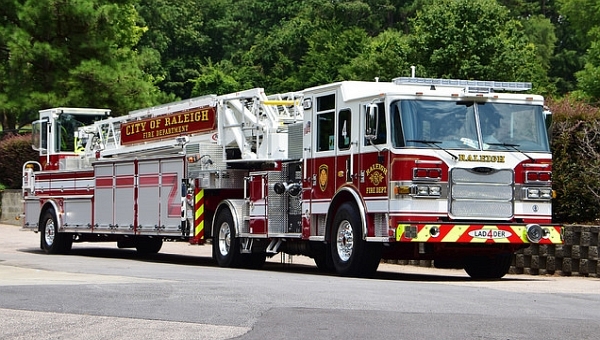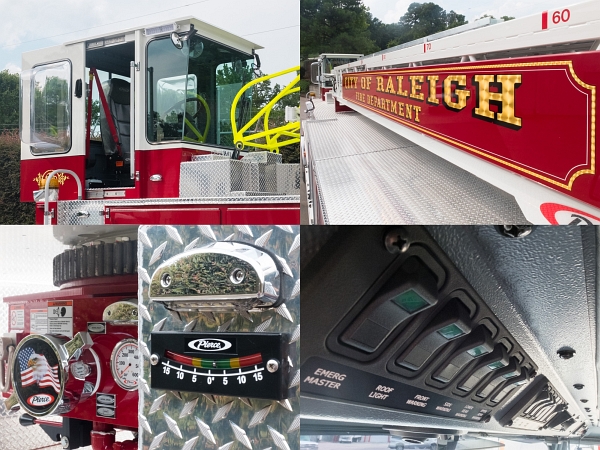Random history, found in the articles of disillusion of the 87 South Volunteer Fire Department, Inc., that operated in Alamance County from 1983 to 2005, until its corporation merged with Eli Whitney Fire Department.
Background
The 87 South VFD (87SVFD) was incorporated February 1, 1983. The initiative for forming the fire department corporation came from the Mt. Herman community. The fire district was formed from sections of Alamance County fire districts Stations 1, 5, 6, and 9. The Mt. Herman community had planned on having the fire station located on Mt. Herman-Rock Creek Rd. near the intersection with Thompson Mill Rd. and Bass Mountain Rd., near the Mt. Herman Church and ball field. North Carolina State General Statutes however, mandated that the fire station be placed near the geographical center of the district.
The fire station was located at its present site on land donated by Mr. Frank Rogers. The placement of the fire station at this site resulted in the loss of much of the support, especially financial, from the organizing group of the Mt. Herman community. In order to make the station functional fire trucks and much of the other equipment requirements were met by donations from the Eli Whitney fire department (Station 5) (EWVFD).
87SVFD did provide limited funds from a grant at one time to purchase small equipment such as turnout gear, SCBA air packs, etc. The 87SVFD was de facto incorporated into the EWVFD in essentially all functions. The two stations were maintained as separate named, incorporated entities to support the provision of extra funding from the county.
In 1985 Alamance County changed the way fire departments were funded to a tax-based system. Station 5 and Station 11, since they were essentially one functioning unit, were placed together into one fiscal fire district and since that time all tax revenues have been distributed in the name of the EWVFD.
A joint Board of Directors has existed for the 87SVFD and EWVFD since 1983. New state ISO regulations require that these two units either be formally combined into one department or completely split into two departments with separate chiefs, officers, etc. The latter is unattractive both organizationally and fiscally to the department, especially Station 11/87 S VFD and we have chosen the former i.e. to formally combine the two departments into one and dissolve the 87SVFD non-profit corporation.
Plan
Essentially the 87SVFD and EWVFD have been one entity since 1983 and for tax purposes since 1985. All of the principal physical assets associated with the 87SVFD, land, building, fire trucks, as well as other substantial current equipment are formally deeded or titled in the name of the EWVFD or were purchased with tax dollars distributed in the name of the EWVFD. The 87SVFD checking account has been closed and the assets moved to the EWVFD.
Thus, the 87SVFD has no assets to distribute and exists in name only. Therefore, the dissolution of the 87SVFD and incorporation of all functions into the one unit, the EWVFD, was initiated and given initial approval by The Board of Directors at its April 21, 2005 meeting. Motions to finalize the dissolution of 87SVFD will be made and voted on by the Board of Directors at the August 18, 2005 meeting. All board members will be notified by mail of the pending vote at least 2 weeks before the scheduled vote. Appropriate documents will be filed with the North Carolina Secretary of State’s Office pursuant to N.C.G.S. 55A-14-03.
